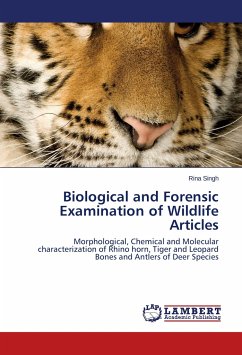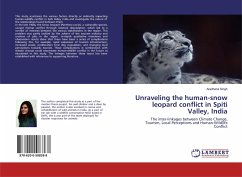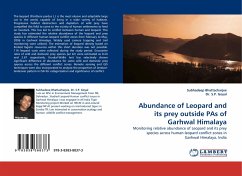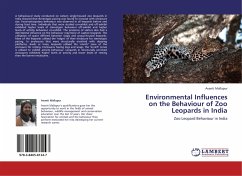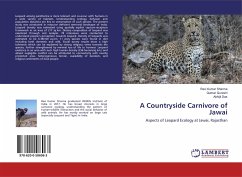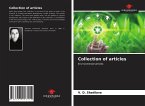Characterization of bones, rhinoceros horn and antler to identify species are very important to check the illegal trade throughout the world. India being one of the important biodiversity nation has yet greater task to protect their flora and fauna. In absence of a proper identification tools it is very difficult to prove offences in the court of law. Therefore, attempts were made to characterize tiger (Panthera tigris) and leopard (Panthera pardus) bones, Rhino (rhinoceros unicornis) horn and antlers of chital (Axis axis), sambar (Cervus unicolor), swamp deer (Cervus duvauceli). The present study is an effort to develop methods to characterize these items using modern techniques like: Morphometry, XRD, XRF, SEM, ICP-MS, TGA, Isotopic analysis, Protein and DNA profiles. Results clearly reveals that the combination of different techniques can be used to differentiate species from different parts and products of tiger and leopard bones, Indian rhinoceros horn and antlers of different species.
Bitte wählen Sie Ihr Anliegen aus.
Rechnungen
Retourenschein anfordern
Bestellstatus
Storno

